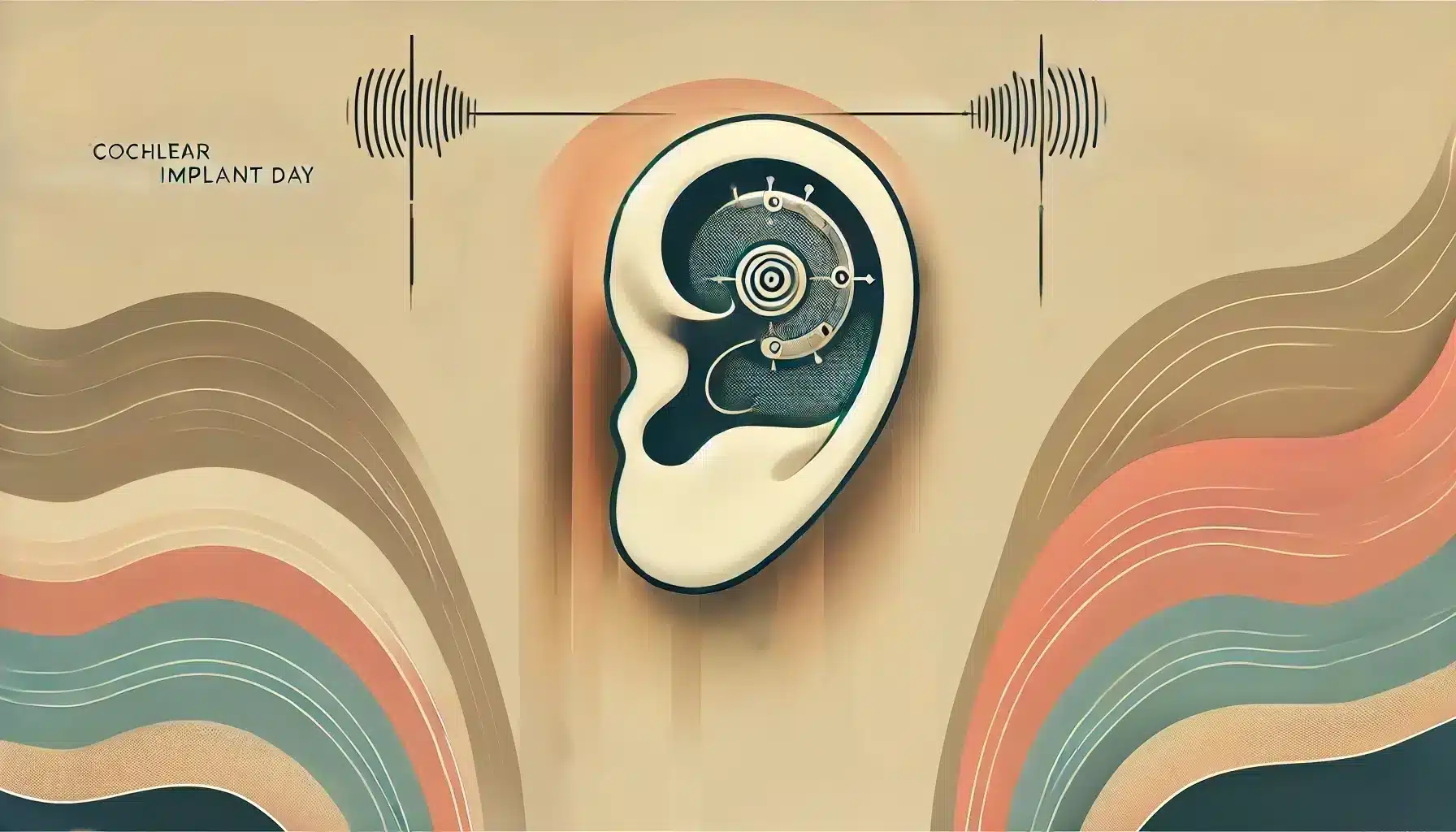What is International Cochlear Implant Day?
International Cochlear Implant Day or CI Day, observed annually on February 25th, raises awareness about cochlear implants and their transformative impact on individuals with severe to profound hearing loss. This day celebrates the technological advancements that have enabled thousands of people worldwide to access sound and improve their communication abilities.
History and Origin
The date, February 25th, marks the anniversary of the first successful cochlear implantation, performed in 1957 by French physicians Charles Eyries and André Djourno. Their groundbreaking work laid the foundation for modern cochlear implant technology, which has since changed the lives of over 700,000 recipients worldwide.
The day serves as an opportunity to reflect on the evolution of this life-changing technology and to advocate for greater access to cochlear implants globally.
Who Celebrates International Cochlear Implant Day?
- Cochlear Implant Users: Share their experiences and celebrate the profound improvements in their quality of life.
- Healthcare Professionals: Audiologists, ENT specialists, and other providers recognize advancements in hearing technology and its benefits for patients.
- Families and Friends: Celebrate the enhanced communication and connections enabled by cochlear implants.
- Advocacy Organizations: Groups such as the European Association of Cochlear Implant Users (EURO-CIU) host events and awareness campaigns to promote access and understanding of cochlear implants.
- Researchers and Innovators: Highlight progress in hearing restoration and future advancements in cochlear technology.
Themes and Slogans
International Cochlear Implant Day often revolves around themes of awareness, accessibility, and lifelong care for cochlear implant recipients.
A popular slogan is:
“United by a Passion to Hear.”
This slogan emphasizes the collective commitment to improving hearing and communication for individuals with hearing loss.
Colors, Symbols, and Patterns
Colors
- Blue: Represents hearing and communication.
- Green: Symbolizes growth and progress in hearing technology.
- White: Reflects clarity and the gift of sound restoration.
Symbols
- Ear Icon with Sound Waves: Represents hearing and the role of cochlear implants.
- Cochlear Implant Device: Highlights the technology at the heart of the celebration.
- Hands in Unity: Symbolizes the support and community around implant recipients.
Patterns
- Wave Motifs: Reflect the sound waves central to hearing.
- Circular Designs: Represent connectivity and the unity of the hearing community.
- Abstract Lines: Mimic the neural signals processed by cochlear implants.
How to Celebrate International Cochlear Implant Day
- Attend Awareness Events: Join local or virtual seminars and events hosted by advocacy organizations or healthcare providers.
- Share Personal Stories: Cochlear implant users can share their journeys to inspire others and raise awareness.
- Support Fundraising Campaigns: Contribute to organizations that promote access to cochlear implants for underserved communities.
- Advocate for Accessibility: Engage with policymakers to promote initiatives for affordable hearing healthcare.
- Educate the Public: Use social media to share facts, videos, or personal anecdotes about cochlear implants using hashtags like #CochlearImplantDay and #HearWithHeart.
Most Used Hashtags
- #CochlearImplantDay
- #HearingAwareness
- #HearWithHeart
- #CochlearCommunity
- #LifeWithSound
Why is International Cochlear Implant Day Important?
International Cochlear Implant Day shines a spotlight on the life-changing technology of cochlear implants and their role in restoring hearing for individuals with severe hearing loss. This day emphasizes the importance of accessibility, lifelong support, and innovation in hearing healthcare.
By raising awareness, the day advocates for greater global access to cochlear implants, ensuring that more individuals can experience the transformative power of sound. It also fosters a sense of community and shared purpose among users, families, and professionals in the hearing field.
Features
Contact Info
February 25: Cochlear Implant Day
Why do you keep falling for the same type?
Read the article Lovemaps: the hidden blueprint of our love.

